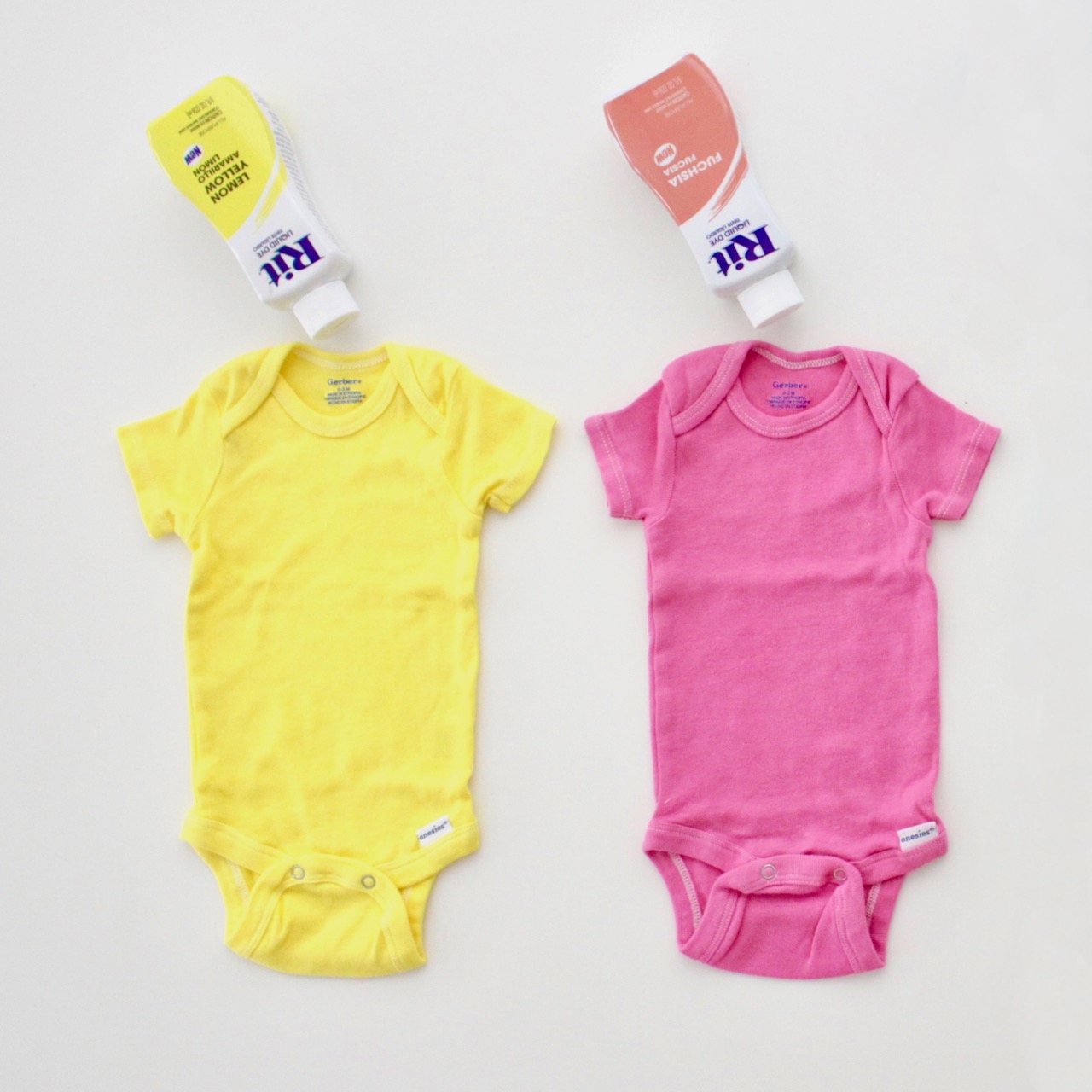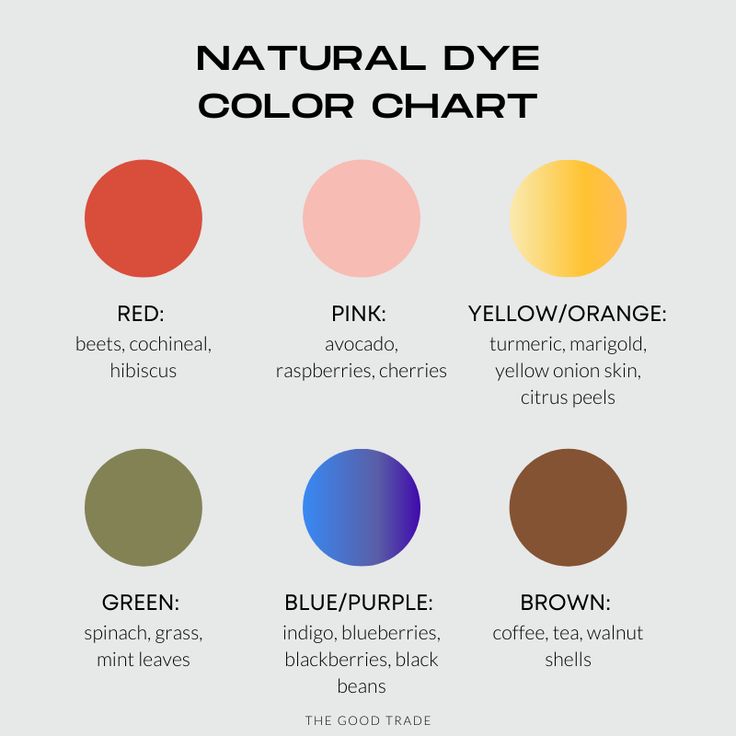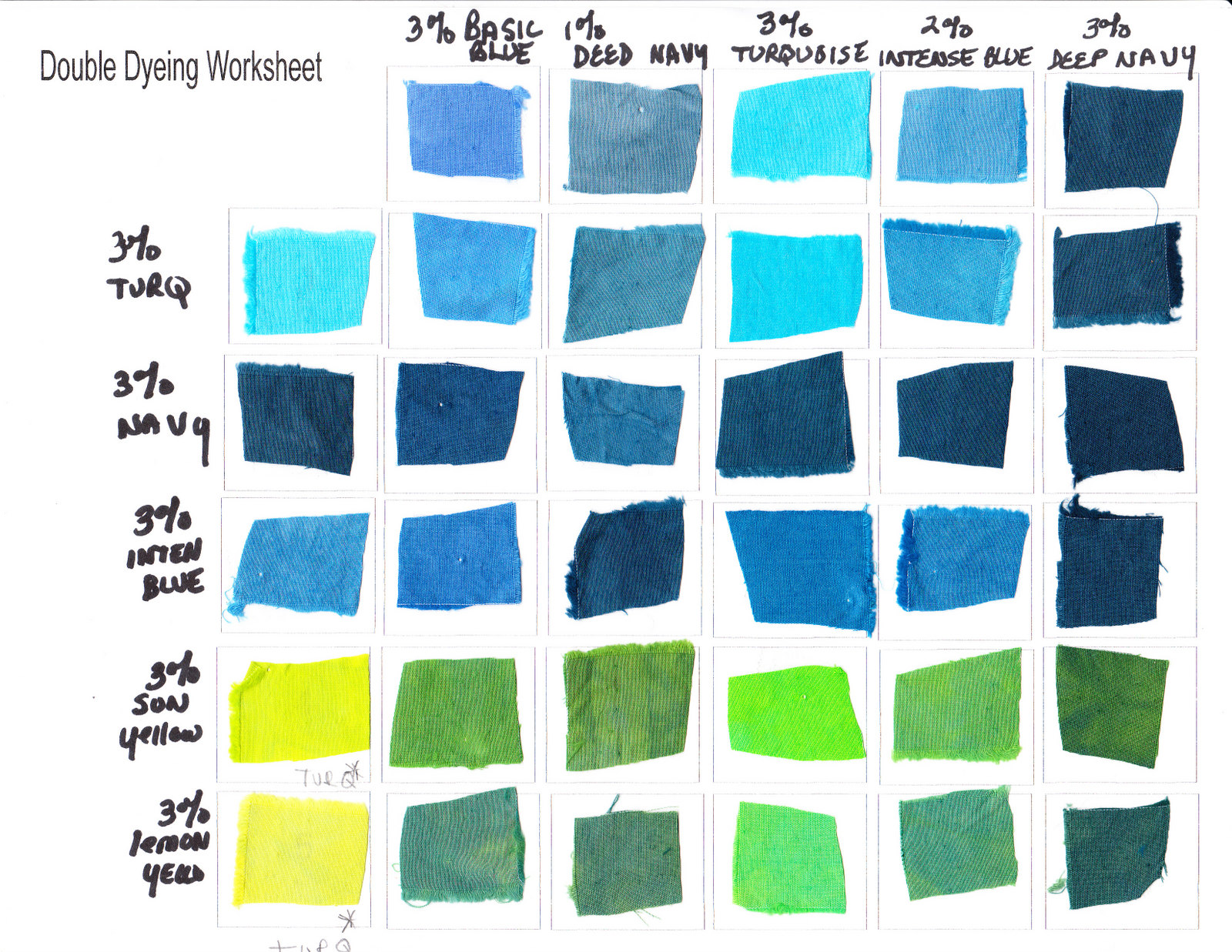
Dyeing Fabric MADE EVERYDAY
Dyeing times may vary for each fabric, 30 - 60 minutes may be needed for darker/brighter results. When over-dyeing add the 'complementary colour' to neutralize a bright base from coming through when you dye Black or Charcoal Grey (example: existing scarlet red fabric + black + some forest green = black without red tones).

chromatography — Nature News Articles — Friends of Rye Nature Center
You can get new colours by over dyeing. (example: red fabric turns purple if you dye it blue without lightening the colour before). Your desired colour results will often dictate if you decide to lighten before or over dye. See how the colours relate below: Basic Colour Theory For Dyeing:

A useful (and beautiful) chart of natural fabric dyes. Wedding Dresses How to dye fabric
If the fabric you are dyeing contains more than 35% synthetic material (such as polyester, acrylic or acetate), select Rit DyeMore. Products. Select Your Colors. Discover the color formulas you can mix up with what you already have. Select one or more products from the drop down menu and click 'Done' to explore all the different color.

Rit synthetic dye sample chart How to dye fabric, Rit dye colors chart, Synthetic dye
Color is the general name for all sensations arising from the activity of the retina of the eye and its attached nervous mechanisms, this activity being, in nearly every case in the normal individual, a specific response to radiant energy of certain wavelength and intensity. What is Color Mixing

Color guide for plantbased natural dyes Natural dye fabric, Diy dye, How to dye fabric
In natural dyeing, Overdyeing is used to create colors with dyes that might interact badly with each other if they were mixed directly, and it's also used to update colors that fade over time. Is it easy to overdye fabric and clothes? It is no more complicated to overdye fabrics than it is to dye white items.

Your FiveStep DIY Guide To Natural Dyeing in 2020 Natural dyes, Natural dye fabric, How to
Most recipe will list mordants as a range (i.e. use alum at 12-20%), so if you are planning to overdye, then use the 20%. If you are a beginner dyer and planning to overdye with indigo, I feel that it's easiest to begin with the mordant dye, then overdye with indigo. The indigo tends to overpower other colours, especially yellows, so if you're.

Tie Dye using Kool Aid, here is a great chart showing the different colors you get from all the
I want to add that even if you do have a mixing chart, it's merely a starting point because of the number of variables in dyeing. Everything from your water, the specific dye, the process used, differences in dye uptake between various fibers, and visual differences produced by different yarn and fabric structures can affect the final product.

Fabric Dyeing Process PDF Dye Dyeing
FABRIC Best Fabrics for Dyeing Fabric Some fabrics accept dye very easily and are more suited to fabric dyes. Natural fabrics like cotton, linen, and silk, and wool fall into this category. Cotton knits and old t-shirts make great experimental starting points. Synthetic fabrics do not dye well.

Dyeing Fabric Quilt Obsession
Over-Dyed collection. Making future needlework fabrics available today… you can count on it! For over 10 Years in the UK & USA we have been using specially formulated water based inks and the latest industrial equipment and software to apply colourant digitally onto needlework fabrics… unlike standard digital printing, colours penetrate deep into the fibers of the fabrics, well behind the.

Beth's Blog 50 Shades of Red
Fabric or finished garment, prewashed dye that works for the fiber content Gloves tongs Plastic tablecloth to protect your work area Plastic bucket Courage! What is overdyeing? Overdyeing is simply the process of putting fabric that already is colored through the dye process.
Ginger Wilson Over dyeing fabric
Each swatch soaked for 20 minutes. Shorten the time for a lighter dye job or lengthen it for a darker, more saturated color." Here is the color chart: (The last row shows the original fabric without any dye.) If you adore playing with dye, this color chart may get you thinking of your possibilities.

natural dyeing 02hass avocado alum by anastasiart Natural Dye Fabric, Natural Fabrics
Overdyeing Patterns March 4 2020 Many people think that you can only dye solid fabrics. But that simply isn't true! In fact, overdyeing patterns is our latest obsession. You can add color and depth to existing patterns that might need it. The outcome is unpredictable but always turns out magnificent!

Beth's Blog The Newly Dyed Fabrics Part II
When you are considering dyeing or overdyeing a print or solid, test the fabric by dabbing a miniscule amount of dye onto a seam allowance inside the garment (a very tiny amount so that it doesn't seep into the main body of the garment). Then rinse it out after a few minutes.

Dyeing with Fiber Reactive Dyes in an Earth Friendly Manner Candied Fabrics How to dye
If the color is too light, add more dye; if the color is too dark, add more water. If more dye is needed, add dye in increments of 1/4 to 1 teaspoon, depending upon the recipe or amount of fabric being dyed. If the color is too dark, add hot water in 1 to 2 cup increments, depending upon the size of the dyebath and the amount of fabric being dyed.

natural dye recipe sheet Handmade Books, Handmade Paper, Paper Art Craft, Paper Crafts, Sofia V
Bookmarks How can I dye my cashmere and wool sweaters (jumpers) and cardigans? Acid dyes are the way to go for wool and cashmere as well as a few other fibers. It does involve careful heating and cooling on a stove to avoid shrinking or felting the item but the results can be quite dramatic!

Eco Dyeing Fabric, Fabric Dyeing Techniques, How To Dye Fabric, Fabric Art, Shibori, Natural Dye
Dying things that are already another colour, or are patterned (I call this overdying) The reason I call everything in the second group "overdying" is because you are dying over the top of what is already there.